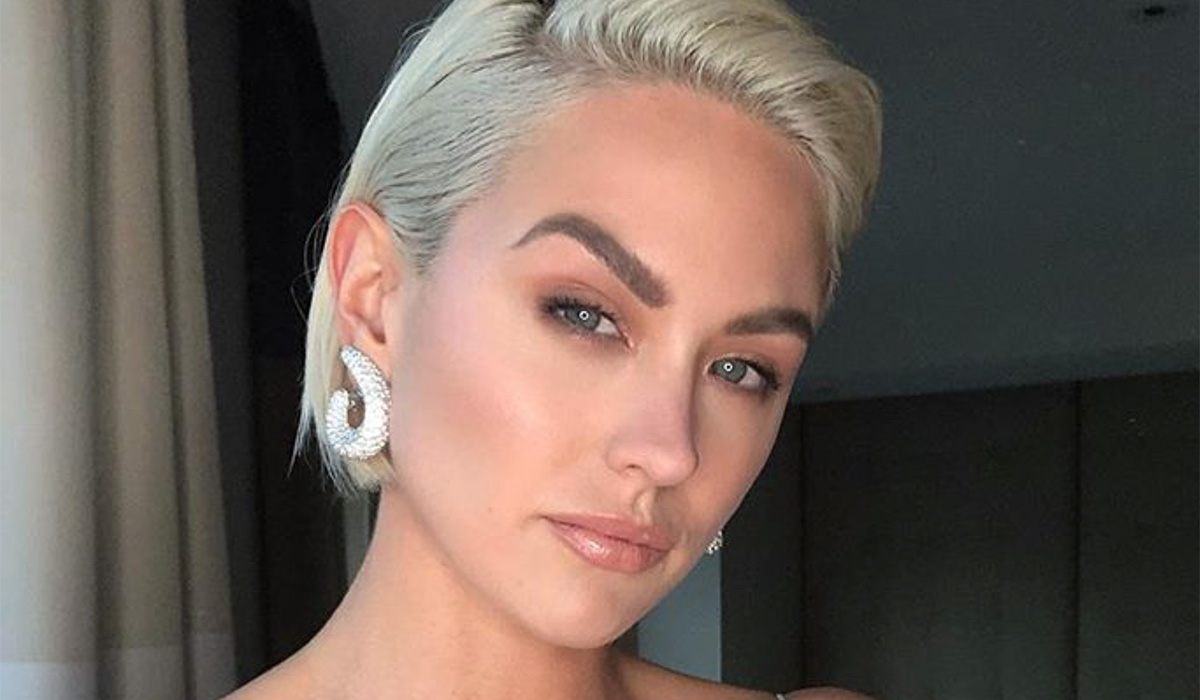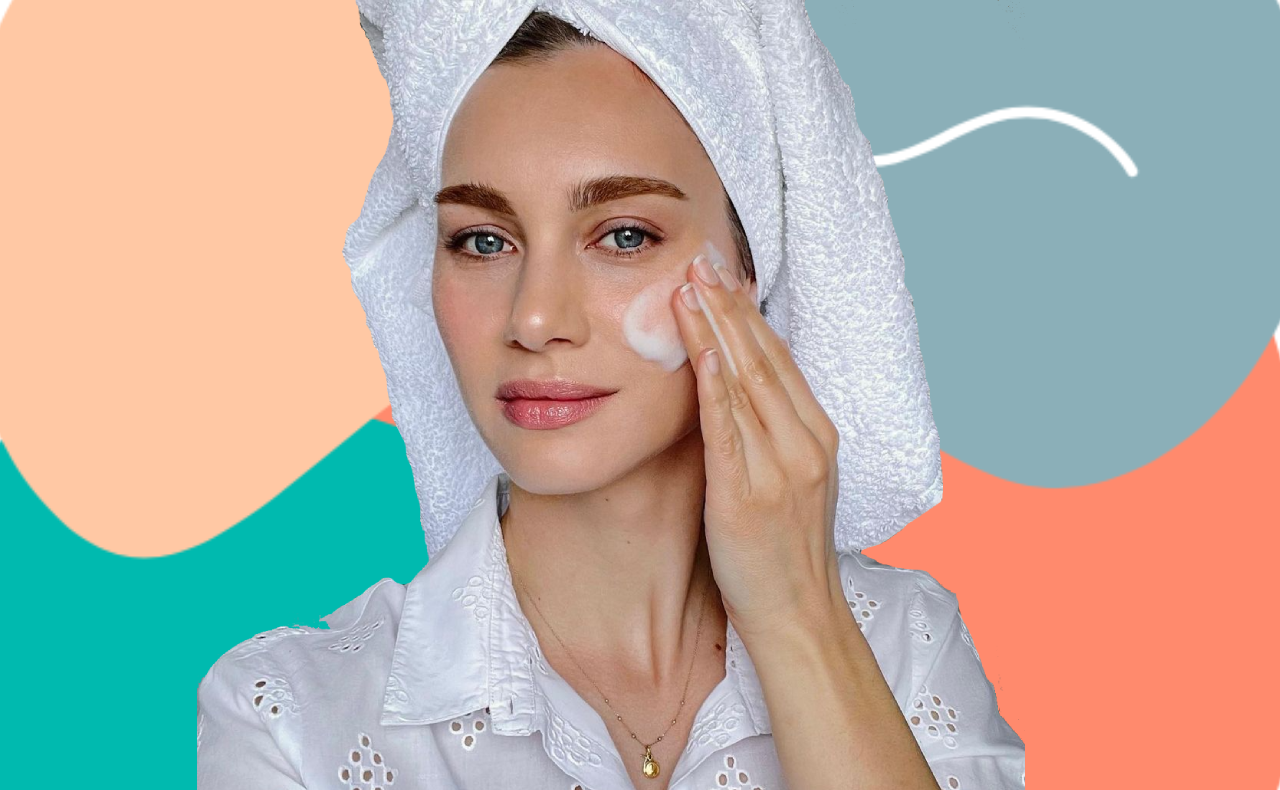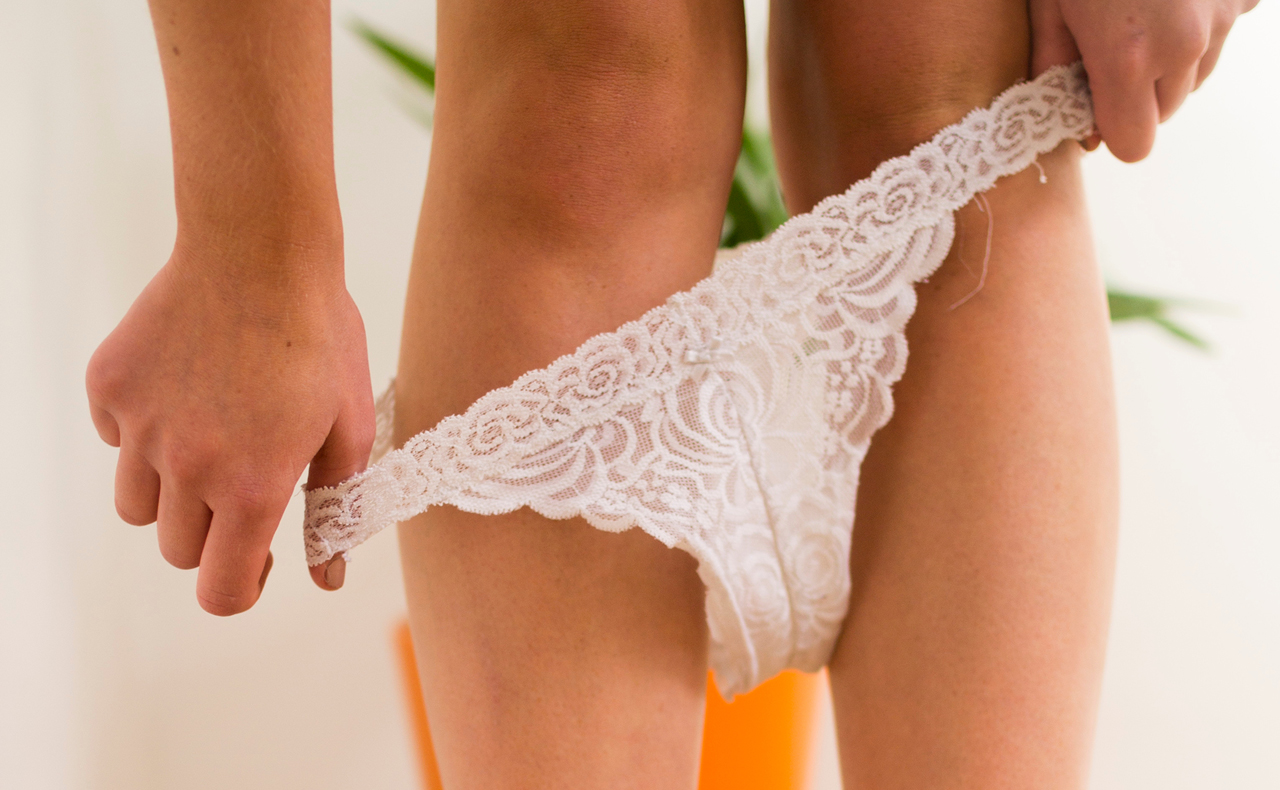Understanding skincare can often take years. From ingredients to products and how to use each one with your skin type – the world of skincare (especially online) can often be a case of information overload. So when we had a chance to catch up with Olay Senior Scientist, David Khoo, who also happens to be one of the brains behind the brand’s latest skincare innovation, Olay Whips, we asked all your most pressing skincare questions, to make the process a little bit easier. See the answers below:
RELATED: What is niacinamide and why do I need it?
RELATED: The best products to use for sensitive skin
Is there a way of actually minimising pores or only making them appear smaller? If there is way to minimise them, what is the best way of doing this on the nose area?
“First of all, it’s important to understand how pores arise. According to research, the more sebum you produce from your skin, the larger your pores will tend to be. Sun damage can also enlarge your pores. So the answer to whether or not you can reduce the size of pores is you can through a whole range of different treatments. One very important preventative treatment is of course, UV protection, using a great sunscreen all over the face and including the nose area. The nose area tends to catch the most sunlight and that’s why often women notice their pores are particularly enlarged on the nose. And then, ongoing, it’s good to make sure your skin’s sebum production is well balanced and part of that is making sure your skin is always well cleansed. Also using ingredients such as niacinamide have been shown to balance out and reduce the sebum production.”
What should a daily skincare routine consist of? For 30+, what are the main ingredients to look for and in what order should products be used?
“A basic routine that everyone should be using: first of all, cleansing your skin. Women are wearing a lot more makeup and going through different temperature changes and humidity, so thoroughly cleansing. You might want to start with a simple cream cleanser if your skin is dry, or a foaming cleanser if your skin is oily. Once you’ve cleansed, it’s important to hydrate your skin, we recommend a serum. Olay has a serum called Miracle Boost from the Regenerist line, which quickly absorbs into your skin. Now, we recommend adding a mattifying moisturiser (such as Olay Whips) , which also works as a primer that can control excess oil, your makeup lasts longer and looks better throughout the day. Now, last but not least, after cleansing, using a serum, as well as a good moisturiser, follow up with a sunscreen and then you’re ready to start your day.”
What are your thoughts on physical exfoliation devices? Do you think they offer any benefit?
“There is certainly two main categories of exfoliation – you have the active driven exfoliation, which really works with your skin cycle and the physical. I think they can complement each other – very well in fact. Physical exfoliation is something that you would do, sometimes at a dermatology clinic; there are more and more devices available at home. You even have scrubs for your skin… Sometimes it can be overdone and you can strip away one too many layers of skin. Skin can become sensitised, this is when it’s important to maintain the health of your skin barrier. If you listen to your skin and don’t go to far, physical exfoliation can offer very dramatic results.”
If you were to use a physical exfoliation device, how many days a week would you recommend?
“First of all, if you’re using a scrub, I would start experimenting tentatively once a week. If you find your skin is not reacting poorly, then you could get up to twice a week – spacing it apart about five days and see how it responds. Women’s skin varies so much, depending on the rate of renewal, the strength of the skin barrier. Some do have thinner skin than others. And certainly follow it with a good skincare regimen. If you’re physically exfoliating regularly I would not recommend using retinol or retinoids, as that is also a sensitising ingredient. So, if you’re using a chemical or physical exfoliant, stay away from sensitising ingredients.”
What are your thoughts on the likes of rollers (e.g. jade)? Do they actually help the absorption of skincare?
“There are a variety of rollers, there are even micro-needling rollers, those are a bit more painful. There appears to be some evidence, and European dermatologists have started to establish that micro-rolling can actually give you collagen stimulation – help with fine lines and wrinkles. US dermatologists have begun to adopt it more and more in their clinics, as they’re beginning to see the evidence as well. So that’s one form of roller. The other form – the jade rollers and so on…in terms of rolling in general, some scientists have observed that rolling can improve the microcirculation in your skin. Sometimes dark circles under your eyes are caused by small amounts of edema, which lead to bags and shadows. I would say first of all – if it becomes part of a woman’s ritual and it becomes therapeutic, why not? Right? But for now, most of the evidence in skincare is still in the active ingredients you’re using. We have been exploring the area of, you know – how do you enhance the penetration of active ingredients, so you may be familiar with our Magnemask Magnetic Infuser? This helps to stimulate microcirculation, it’s massaging your skin but the magnetic feelers – according to our research is tripling the absorption of ingredients like niacinamide and peptides. “
So it’s ingredient specific?
“Correct, it is tuned to specific ingredients.”
Do you think scrubs or peels are more effective for removing dead skin cells?
“Honestly, I don’t know. The scrubs and peels vary so much, depending on the concentration of ingredients. A peel could be an AHA or a BHA and dermatologist would vary the strength of the peel based on individual judgement, they might even do a quick test before they do the whole face. You can go from 30% up to 60 or 70%, so it’s hard to say.”
What products or treatments would you recommend to treat melasma?
“So melasma partly arises from hormonal changes, it’s often called the ‘mask of pregnancy’. We do know that certain ingredients help to balance out your melanin product, actually help to some extent with melasma. So I would recommend starting with ingredients like a niacinamide. Vitamin C also, has been seen to reduce melanin production, but I would also recommend, if the melasma is very persistent you should go and see a dermatologist.”
Are there any anti-ageing products or ingredients that work to combat ageing, without triggering breakouts?
“It’s important to pay attention to how your skin responds to different ingredients. Olay formulations for example are usually designed to be non-comedogenic, so they should be very well tolerated by most skin types, however what we recommend if you’re trying a new product for the first time is to actually try it on the back of your ear – especially if you know your skin is prone to breakouts. That way it’s an area that is still close to your face, but you get a sense of how well it’s responding to your skin. Also, you don’t get breakouts where there are no pores, if you have enlarged pores on your nose or your cheeks, you could try something closer to your ear. Be methodical, if you’re in a critical period such as preparing for a wedding a big event, definitely be more selective about adopting a new regimen. “
Does topical collagen penetrate the skin? Would taking supplements be more effective?
“Ah yes. Topical collagen…I have a strong opinion on topical collagen, in that I don’t believe it does anything for your skin. Part of it is the basic science that says the collagen molecule is simply too big to go into your skin. If you take it as a supplement, it goes through your gut, the collagen molecule is broken down into amino acids and they become unrecognizable to your skin as any type of collagen signal. So, I believe in neither supplements nor application, sorry for all the collagen lovers out there. But there are other ways of stimulating your collagen. What we’ve found is KTTKS and peptides in general, there are a number of them that can stimulate collagen production, according to our lab research. Now, KTTKS was actually derived from wound healing research that was done at the National Institute of Health in the US years ago. It turns out that when your skin has a wound, there are workers in your cells that will break down the collagen that has been damaged in the wound. It’s sort of like when you have a building, its condemned, it’s time to break it down…why not use all that raw material? Recycle all of that. The workers take the equivalent of collagen and say ‘this is a broken piece of collagen, why don’t I send it back to the factory where collagen is made?’. This is a message to the factory that you need to make new collagen in nice, long fibres. KTTKS is one such signal or message to the factory, it’s very efficient. When we give it to the cells to make collagen – it makes large amounts of collagen. KTTKS is also known as alpenta peptide and it’s a fragment of collagen. Those initials stand for different types of amino acids that make up the collagen.”
So is the concept of micro needling essentially wounding the skin to stimulate collagen renewal?
“Exactly right. And there are many forms of deliberately stimulating the wound healing response. Other forms would include laser treatments such as Fraxel, which has been around for some time now. It actually puts these micro columns of wound into your skin, so the adjacent undamaged cells can actually rush in and stimulate collagen production and remodel collagen and make the skin look radically better.”
What is the purpose of peptides in skincare? And is there research to back these claims up?
“We were one of the first to use peptides in skincare, and KTTKS actually based on our studies has been shown to dramatically reduce the appearance of fine lines and wrinkles. So, in our studies we show that it stimulates collagen production in our product. When you formulate it, it works to improve the skin surface texture, fine lines and wrinkles – that’s the principle purpose of peptides. But we use a number of other peptides, including one called carnozene. This is a dye peptide, so instead of five amino acids it’s two amino acids, it’s like pearls on a string. But it’s still a very potent signal. Carnosine on it’s own appears to actually prevent glycation. Glycation is almost a first world problem. Sugar has been snuck into almost all aspects of our diet, it’s so prevalent we’re not even aware it’s there. An extreme form of glycation is among diabetics, their insulin can’t break down the sugars, there’s a lot of free floating sugar, which bonds with the collagen and causes collagen to turn yellow and become stiff and brittle. Wrinkles can therefore be even more prominent. Your skin can take on a yellowish hue. That happens to a lesser degree in normal, healthy people. But, it’s good to have something like carnozene around to prevent collagen degradation.”
What can you use to repair your skin’s moisture barrier? I’ve tried hyaluronic acid but it seems to dry my skin out more.
“I think, first of all, when your moisture barrier is stripped down, your skin will clearly be losing moisture much more quickly. So first, hydrate your skin. You have a range of ingredients that can do that, hyaluronic acid, Olay’s new ingredient, active rush can also help with that. I would also recommend, because your skin barrier does also contain it’s own natural defenses as well. Melanin is one form…But you have to keep applying a good sunscreen, because your barrier protects the deeper layers of your skin from environmental stressors. You need that emergency care type situation. And then you need the kinds of ingredients that help to build back your skin barrier. I’m going to sound like a broken record, but you can talk to any dermatologist and they will say niacin amide is an excellent all-rounder. Now, in this case, I mentioned a piece of data yesterday which was: niacin amide has been shown to stimulate your barrier proteins, your skin will need all those building blocks to build the barrier back.”
Head to our Instagram to see more of your skincare questions answered by an expert.
Main image credit @mbrown_beauty
Did you learn anything you didn’t already know about skincare?




